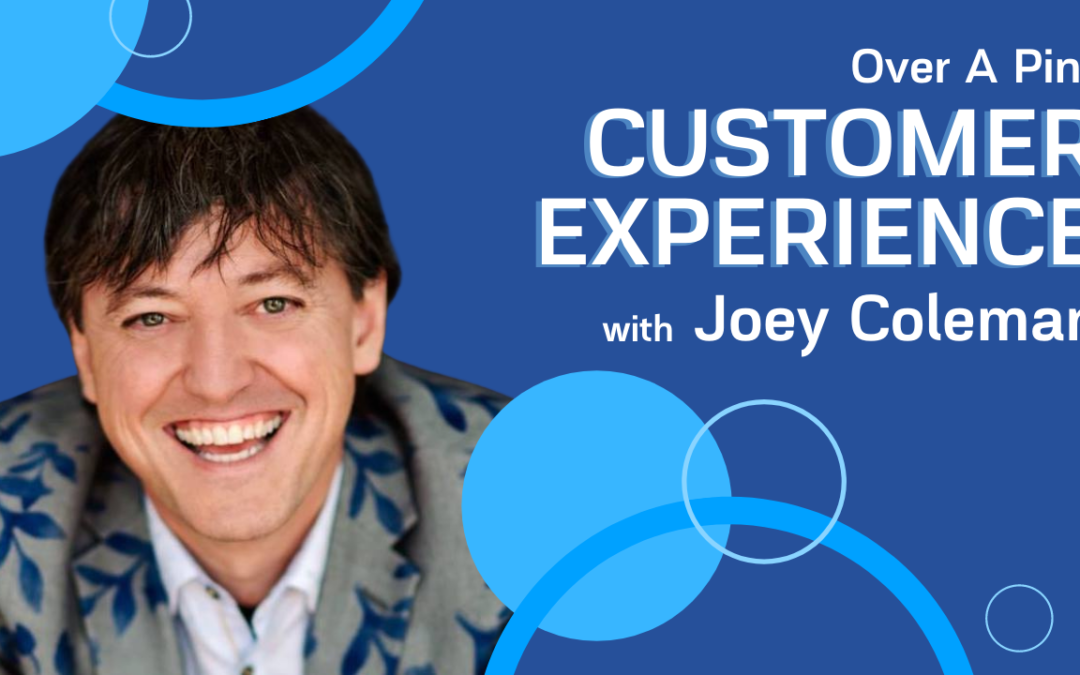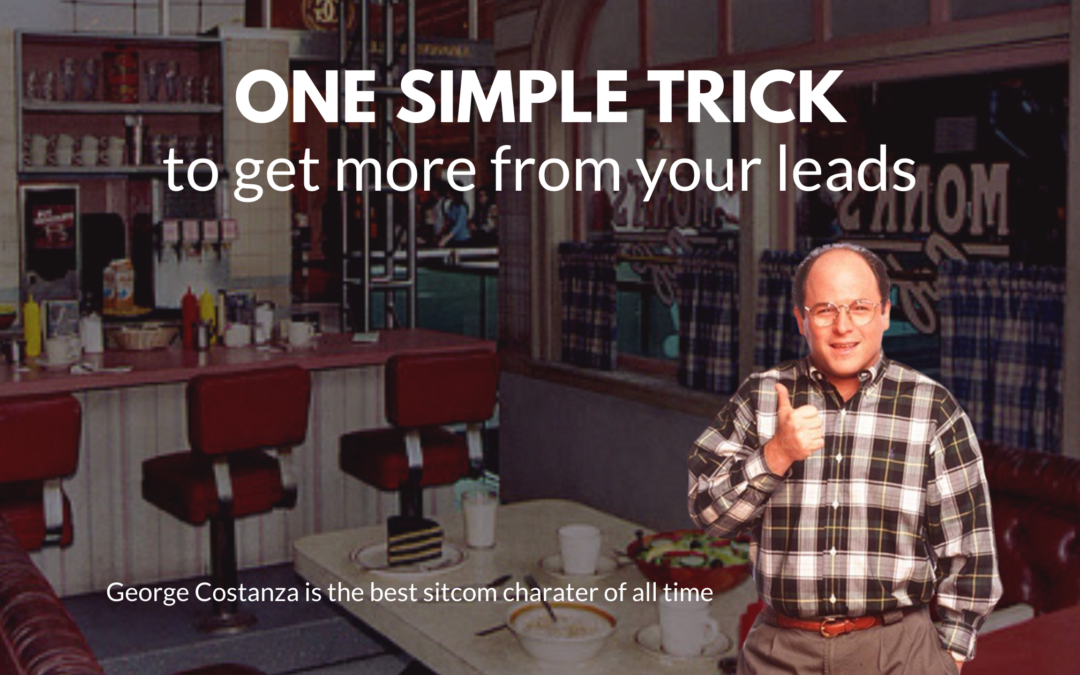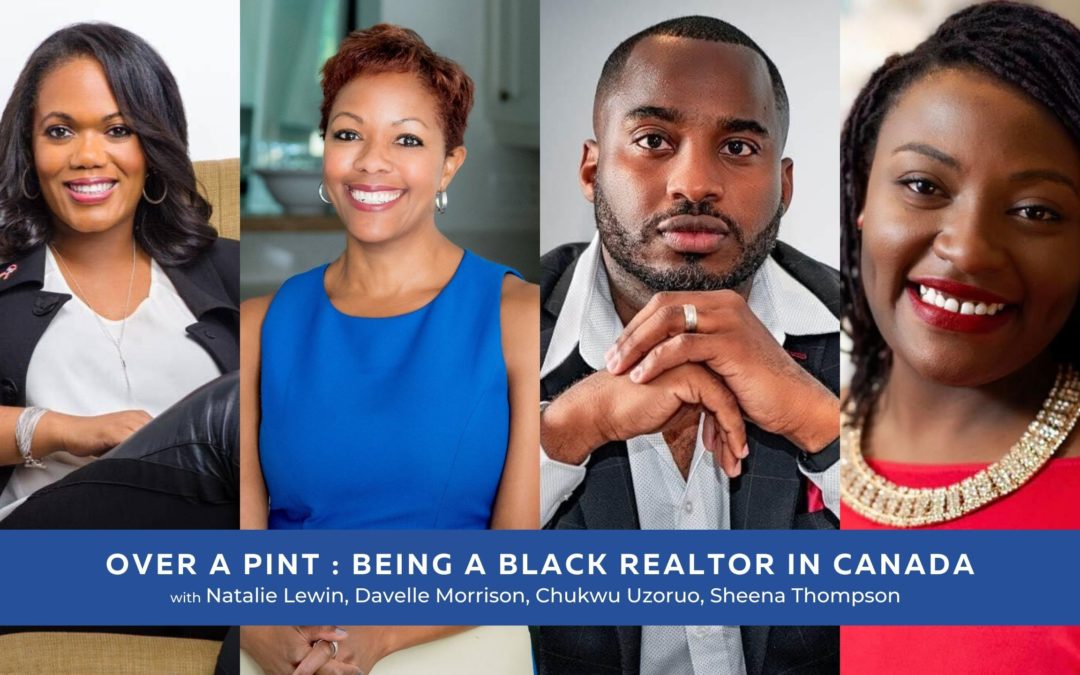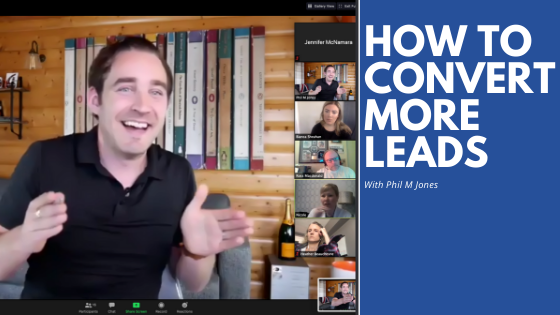
by justsellhomes | Sep 10, 2020 | General, Podcasts
“If you want your employees to deliver remarkable experiences, you have to expose them to what a remarkable experience looks like.” In this episode of Over a Pint, Andrew sits down with Joey Coleman, author of Never Lose a Customer Again, to discuss client...

by justsellhomes | Jul 2, 2020 | General, Uncategorized
Many REALTORS run ad campaigns to get online leads and make this one simple mistake that can cost them a lot of money in the long run. When a person opts to receive something of value from you, whether it’s information on a listing, a free home valuation, a...

by justsellhomes | Jun 17, 2020 | General
Have you ever run a Facebook real estate ad that just hasn’t performed? Facebook ads for real estate agents are both the best and worst thing to ever happen to the industry. How specific you can get with your messaging, targeting, and offers is incredible, but...

by justsellhomes | Jun 11, 2020 | Uncategorized
Our words will never be able to do justice to the challenges and discrimination Black REALTORS deal with on a daily basis. In this episode of Over A Pint, we invited four members of the Black REALTOR community in Canada to discuss and share their experiences.One of...

by justsellhomes | May 29, 2020 | General, Uncategorized
Do you struggle with how to convert more leads or just want to get better results? The most significant impact you can have on your real estate business is to increase your conversion skills. Leads are easy, but lead conversion takes skill, and it’s what...






